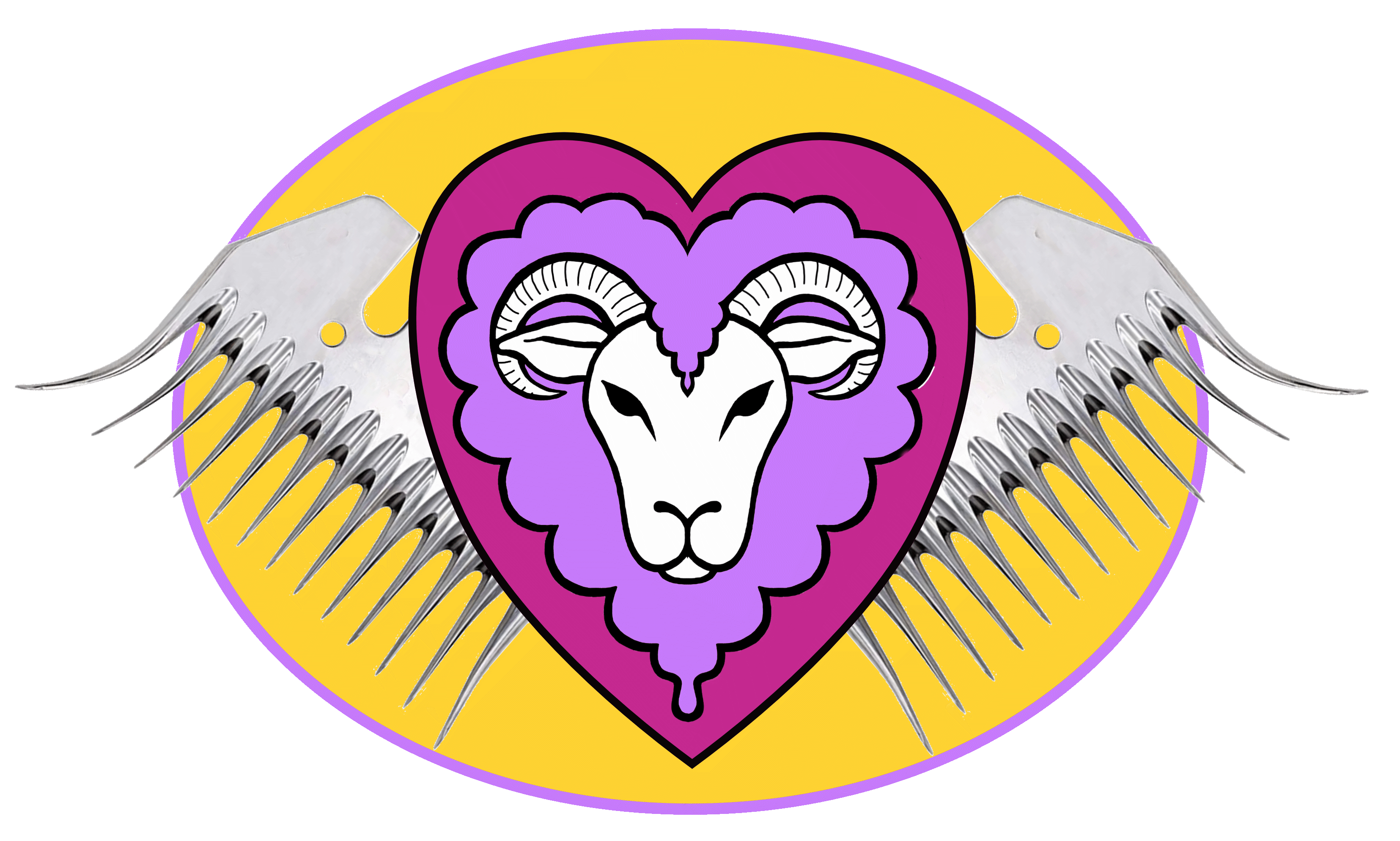Pasture Restoration
When we moved to Ferry Road, we took hold of some 18 acres of unmanaged pasture. It had been irrigated and grazed by cows, but little had been done to improve the soil or increase diversity. Without a tractor, haying or soil working equipment, we have done what we can to improve the land and create a system beneficial for animals, soil, pollinators and humans. We currently have 4 acres that can be fully irrigated, 4 acres that can be marginally irrigated and 10 acres that are primarily unirrigated. The 8 irrigated acres are set up in a rotational grazing system. Only about 4 of these acres are prime grazing due to low spots that are waterlogged much of the winter and where we have been unsuccessful at getting good forage crops to flourish. The other 10 acres are unmanaged pasture, where we keep a few cows and primitive hardy sheep year round to graze and keep the pastures from getting high. We have also tried to increase the diversity in this unmanaged pasture, but as it cannot be irrigated at this time, our methods have not done much to improve grazing or soil.
Jordan Reed has been the driving force behind research, fencing experiments & installation, seed purchase and seed distribution. What follows is Q & A with him about his process and experience.
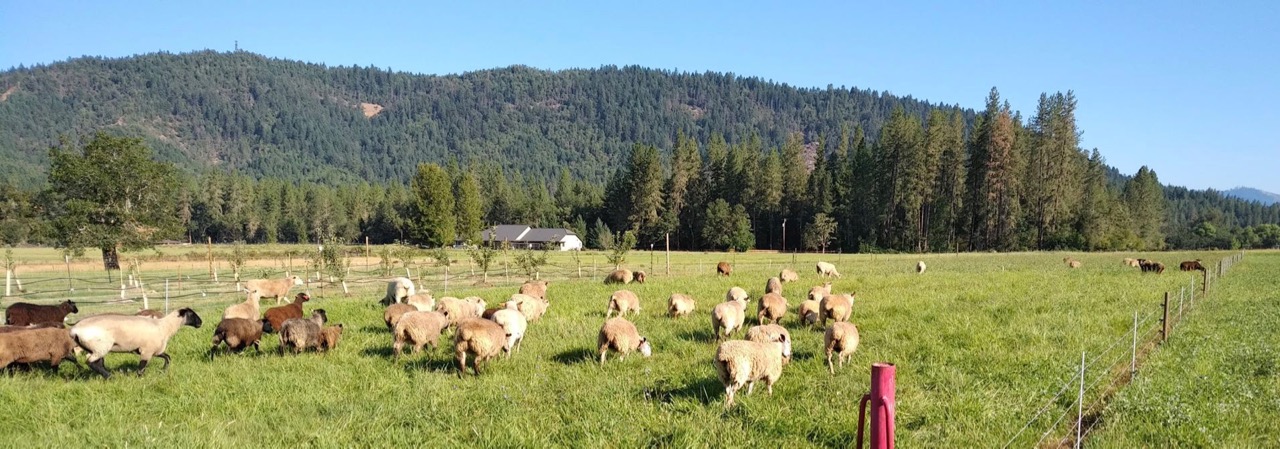
Talk about using sheep to manage pasture. What have you learned after 3 years? What are the challenges?
Raising sheep is not as easy as it looks. When you see sheep, it’s probably while you are driving. They are out in a field either head down eating, or resting. What goes on behind the scenes is way more complex. We are talking about nutrition, sourcing and feeding hay and grain in the winter, breeding, lambing, building and maintaining winter shelter and summer shade, dealing with bedding and manure, managing parasites, hoof rot and a host of other health concerns. There is the work of managing the water for 3 full days during flood irrigation and having to keep the sheep in and feed hay during flood irrigation and the days following due to parasites.
In the past three years I have learned there is no such thing as simply a field, or simply grass, which is what the untrained eye sees. Now, instead of a field of grass, I see managed or unmanaged pasture. Managed pasture is usually mechanically or chemically controlled and is intensively tended, much like any garden. The farmer grows the species he wants for his needs or the environment. Unmanaged pasture is usually a chaos of hardy or invasive species that out compete anything else. Three years ago we started with completely unmanaged pasture.
Raising sheep and managing pasture go hand-in-hand. The goal is healthy sheep and improved pasture. We use traditional farming methods such as rotational grazing and spreading cover crops that build the soil with their nitrogen fixing capacity and other crops that open up compacted soil with their deep taproots. Sheep are an excellent addition to a seasonal pasture system, as they are more gentle on the land than cows and they spread their manure and urine around the entire pasture as living compost. As opposed to cows their manure does not need to be broken up by mechanical means, so management is less intensive.
What is rotational grazing? What are the benefits and challenges? What about fencing?
Rotational grazing is a system of dividing pasture into smaller pieces based on the nutritional value of forage, and moving the animals around to best utilize that nutrition, while also improving the pasture. Rotational grazing forces the livestock to eat everything in the smaller space, keeps good forage from being trampled and wasted, and helps to better spread manure and urea from urine. Because the farmer can control how much the smaller field is eaten down and exclude the stock with fencing, it allows the pasture species to regenerate between grazing. Rotational grazing requires time and management to build or move fences, to move animals and to monitor the conditions of the pastures.
Here on our farm we have used semi-permanent electric fences to divide larger pastures that are permanently fenced in order to establish our grazing system. Now that we know our fields a bit better we are in the process of moving to more permanent fencing. We started with treated trees stakes cut in half, step-in posts, plastic insulators and poly wire. We are currently moving over to fiberglass posts with wire clips and permanent end posts and considering whether to use high tensile wire.
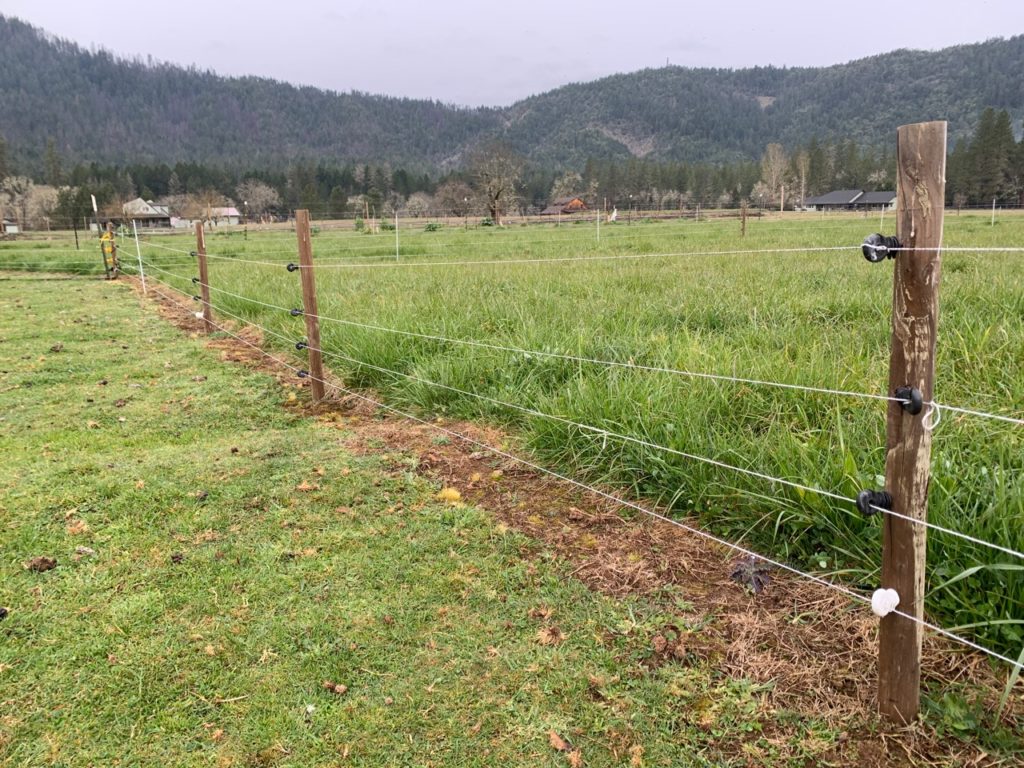
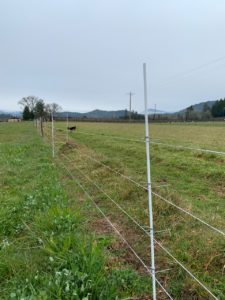
What is the ideal food for sheep?
Cows eat grass, goats eat brush, and sheep eat weeds.In order to manage pasture resources correctly its best to use the right animal for the feed available.
Sheep will eat grass, but they prefer forbs or large leafy plants like dandelion, clover and plantain over grasses. The carefully select what they want to eat. By restricting space, it is possible to force them out of their comfort zone and induce them to eat what is available. Sheep need higher quality feed than cows in general and require more protein.
What are the challenges of restoring pasture with limited infrastructure & equipment? With only rainwater & flood irrigation?
Our pasture was mostly fescue, a coarse, tough bunch grass that contains a mildly toxic alkaloid similar to ergot in rye. When it grows unchecked it is like a mini version of pampas grass. Fescue is very poor food for sheep. While we do have walk-behind mowers, the pasture also had extensive thatch– dead material that needed to be removed by some mechanical or biological process. A field like this would usually be disced, burned or even sprayed to prepare it for new planting. Without a tractor and seeking to utilize a more organic process we have been forcing our sheep to remove this material biologically, but at a cost to sheep vitality or at least an expensive feed bill. This means that although they are eating the volume they need, it’s such poor food that they require a large amount of supplemental feed to stay healthy. And while heavy grazing does some work to remove this thatch, it does not address soil compaction or open up bare ground to the spread of new seeds. No-till seeding, also called drill-seeding is done with equipment that is pulled via tractor and not currently at our disposal.
We rely on annual rainfall and flood irrigation to keep our pastures alive, neither of which is always consistent enough for seed germination. Flood irrigation tends to wash seeds away. Because it takes place in a 14 day cycles, it does not keep seeds consistently moist for germination in the heat of the summer–plus we actually need the surface soil to dry up so the sheep can be on it. Annual rainfall in our area is also inconsistent and does not always cooperate to germinate our hopeful seeding.
What has your process been?
When I started, I simply looked at a pasture as grass. I now see pasture as as managed or wild and look at it in the same way a gardener might view a spectacular rose display. I value diversity in the field. I seek it and the health it brings to livestock. I have spent many hours studying and reading, researching seed and pasture, learning about warm and cool season pasture crops and trying them out. I have spent money on seed and time spreading it in an effort to increase diversity, insects , protein levels, and general quality of forage available. With broadcasting seed on top of the soil as my only tool, I’ve have had some very disappointing results and learned a lot of lessons. For example, clover is very hardy, and will establish well. Grass seed needs a lot more love to actually get going. Not all brassicas are equal, and plantain is worth the money.
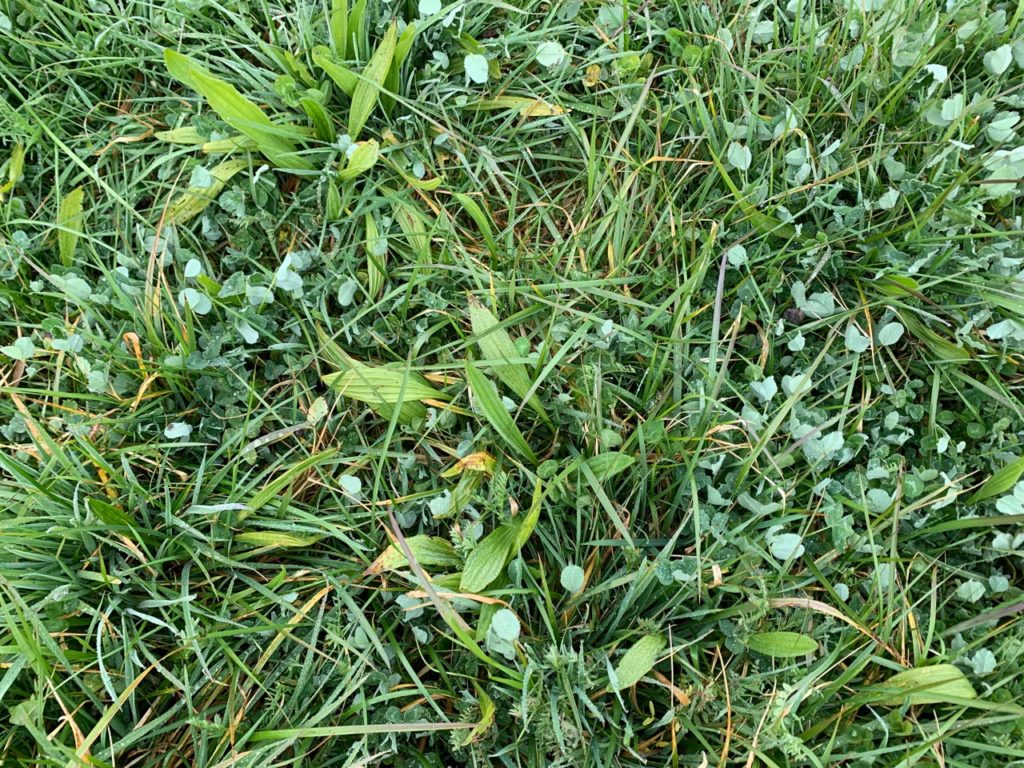
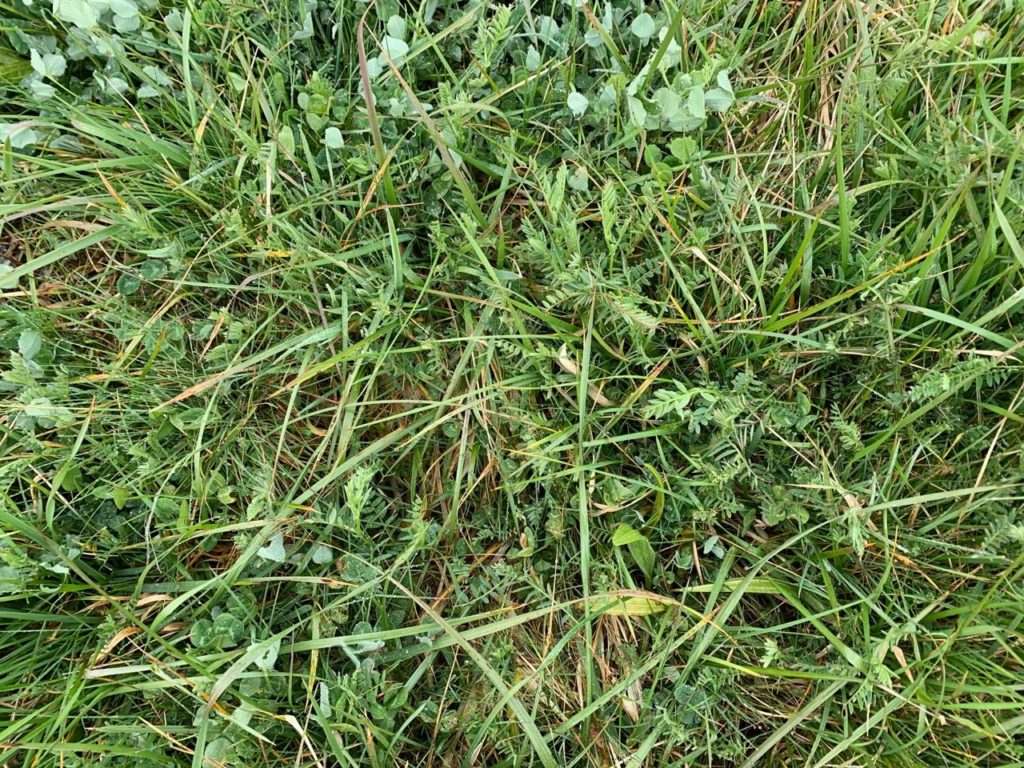
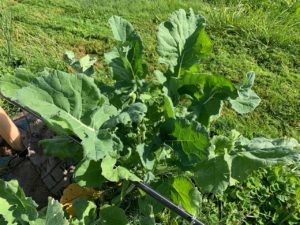
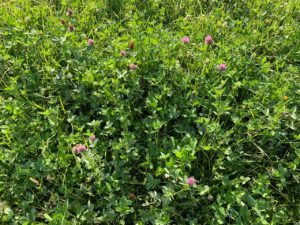
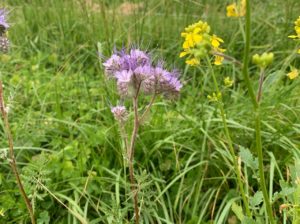
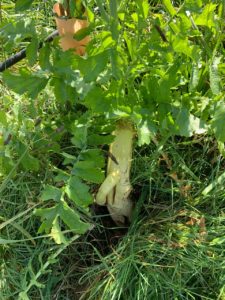
What are some of the species or “crops” you have tried to grow? Which have you been able to establish and which have been total fails?
Over the last three years I have spread tricticale, winter barley, barley, hairy vetch , common vetch, sunhemp, cowpeas, austrian peans, mustard, rape, daikon, turnip, millit, sourgum, sunflowers, guar, forage kale, forrage beets, flax, annual & perennial clovers, chicory, sanfoin, medic, trefoil, plantain, safflower, bluegrass, ryegrass, 5 or 6 varieties of forage grass, sweetclover, sudan grass, phacelia & bundleflower.
There are both warm and cool season forage plants and you need both for a good pasture. Many seeds need more soil contact than I can give them through broadcasting or they get stuck in the thatch described earlier and never reach the ground. The grasses already established have more energy in the spring than new seedlings and often crowd out anything new and prevent establishment. Starlings and doves, both invasive species, are horrible pests that have eaten many seeds. Flood irrigation carries seeds away, and as mentioned, the interval between flooding is not conducive to keeping seeds properly wet for germination.
Red clover, a semi perennial or strong biannual, has been very successful and hardy. White clovers like landino, or NZ are slower to establish but also hardy. Flax germinated surprisingly well, as did plantain and chicory. The vetch and other legumes seem to germinate well when the birds do not destroy them. All the brasiccas have germinated well, but very few of them successfully made a decent crop in the pastures. I had hoped the strong brassica roots, left in the soil after the sheep ate the tops, would help break up the soil naturally, but this has been only marginally successful. All the grass seed has been spectacularly unsuccessful as has been saffflower, sunhemp, and other non-traditional cover crops. I would love to try some of these again with a drill seeder to get the seeds in the ground.
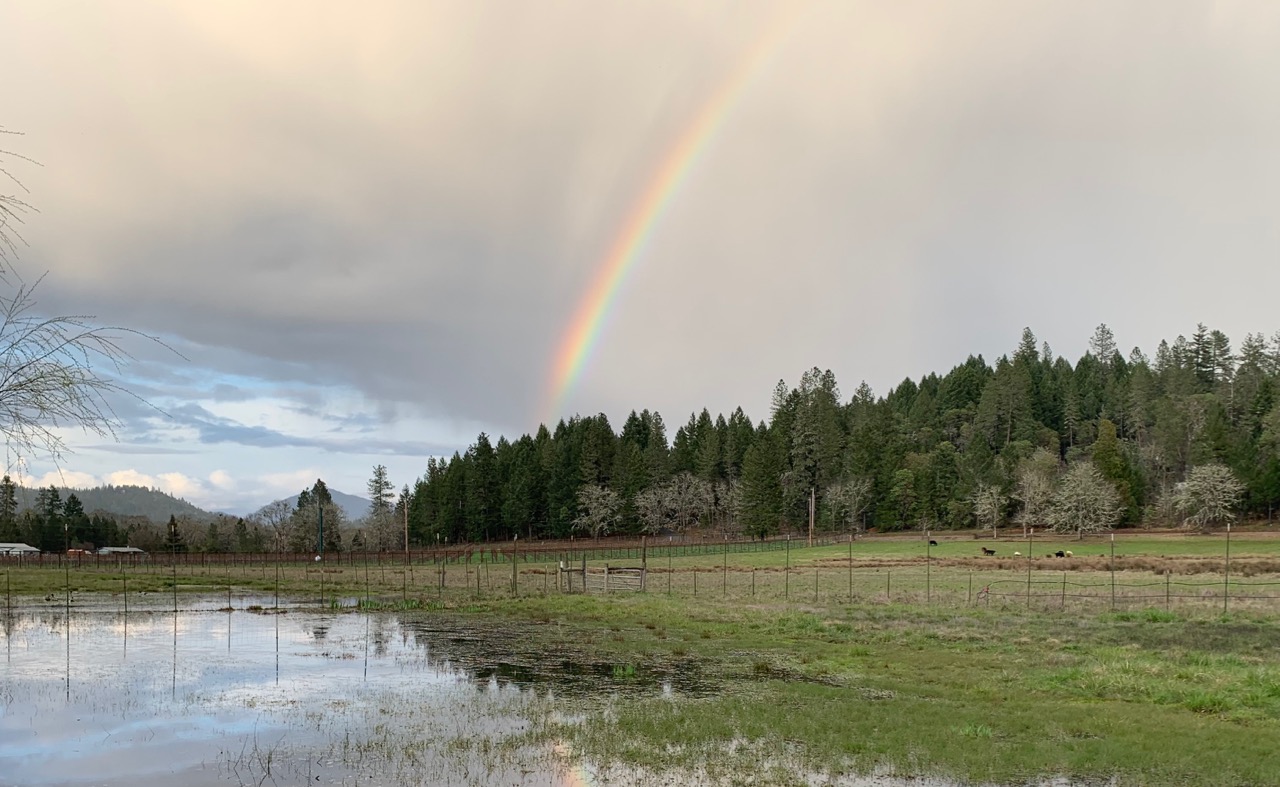
What would you ideal pasture management system look like?
An ideal system is hard to talk about, as climate and livestock change over time. So the ideal is responsive and flexible to the environmental and real conditions on the ground.
The ideal pasture system would match animal in the right numbers to cut and fertilize, as you move them through a system of small pastures. This would allow the plants and soil to regenerate, sequester carbon, and provide a sustainable product that can be reproduced over time. Unlike fish in the sea that are depleted after the breeding stock is caught and consumed, good pasture correctly managed should consistently provide through time. It should be able to produce meat and fiber, and build soil at the same time as feed bees. It might require a little more work that simply throwing animals in a field, but we feel like its worth the results.
So what do you feel is the overall result of your time and research these past few years?
We have successfully added many species to our pastures, but not nearly as many as we spread the seed for. Vetch has also been a very hardy and worth while plant, but we have no seen a single trefoil plant. We have not removed nearly as much of the fescue as we would like, and we are still learning how much food is on a pasture and when to rotate. This is experience based knowledge that cannot be found in a book. I have also learned the importance of buying livestock genetics from a system and climate that resembles your own. Sheep fed only hay and grain in a barn yard may never do well in the field, especially if the pasture is poor. This is a very hard lesson to learn when you are hoping to raise what you want to raise, not realizing you must raise what will do well for you.
